
Merry Meet!
And welcome to The Real Witches Kitchen. The image of a Witch as a ragged-haired woman, dressed all in black, throwing strange ingredients into a bubbling cauldron in the dead of night is somewhat outdated! These days she, or he, is far more likely to be someone you know, dressed in normal clothes, working in their own kitchen. Witchcraft (or the Craft) is a very practical path, so who is going to forego the convenience of a modern cooker, the cleanliness of a decent work surface or the comfort of their own home for the environment that our predecessors were obliged to make do with? A herbal remedy, candle or incense is not going to be any less effective because you created it in the kitchen at lunchtime rather than in the woods at night. Witches of old may have needed to work furtively without modern power and water supplies, but that was because of the times they lived in, not because it makes for better Magic.
This book, however, is not just about Witchcraft or just for Witches. More and more people today are looking for natural remedies to enhance their physical, emotional and spiritual well-being. They are seeking ways of enhancing their health, bodies and lives in ways which do not involve chemicals but rather make use of the herbs and plants which are all around us.
The Real Witches Kitchen is a book for everyone who wants to start making use of natures healing store. Here we look at the ways that common herbs and spices, and even some unlikely-sounding plants, can not only enliven our diet but also be used to heal the body, soothe the mind and enliven the spirit. Whilst this is not a cookery book, there are recipes and menus which can be used to celebrate the seasons, help our bodies to combat common ailments and even enhance romantic moments. There are teas, brews and even alcoholic beverages for celebration and for healing. There are soaps, oils, lotions and potions to smooth the way in daily life, as well as dietary advice and guidance, grooming and cosmetic tips to help you make the most of what nature has given you and candles and incenses to create a mood or focus you in the direction you need. There are even ideas for gifts for those who are dear to you.
Those who practise the Craft will find new ideas for celebrating the Wheel of the Year and ways of honouring the Goddess and the God. There are ways of feeding the elements within and working towards balance. Here you will find soaps and bathing preparations to ready yourself for the Circle, anointing oils for yourself and for Magical work, candles to carry your intent and incenses to please the Gods. There are sachets and charms, wards of protection and ways of enhancing your fortunes.
Those of you who are reading this without any previous knowledge of the Craft or who find the term Witchcraft disturbing will find a very basic introduction to this largely misunderstood belief system in Chapter One, Witchcraft, and Empowering your Herbal Work. This chapter will also provide guidance on using Magic to enhance the effectiveness of your work if you are new to the Craft. If you would like a more in-depth understanding, then I recommend that you also read The Real Witches Handbook, together with some of the other books mentioned in the Further Information section at the end of this book.
Whatever your beliefs or spiritual path, here you will find ways of working with nature and walking more lightly on our world to make a positive difference to your physical, emotional and spiritual life.
Blessed Be
Kate

Let the Magic come to life

You do not have to be a practising Witch to make use of the recipes and skills which are covered here, but it will help if you have an understanding of the principles of the Craft. For some this will mean putting aside the misconceptions created by the media (especially the popular press) and the adverse comments made by those who have no understanding and no desire to understand our heritage.
Witchcraft is one of a number of belief systems whose roots pre-date Christianity and which come under the umbrella heading of Pagan. Indeed, Witchcraft has roots which go back to Palaeolithic times, as illustrated by the cave paintings of our ancient ancestors. Having said that, the Craft is a living religion and has as much relevance to us today as it had to its practitioners in the past. We still seek healing of our bodies and minds, strength to deal with our daily lives, understanding and compassion to help us relate to those around us and to develop our own selves.
So what do Witches believe in and how do they express these beliefs? First, you have to understand that, unlike the more orthodox religions, the Craft has no paid or formal priesthood; we are each our own Priest or Priestess and therefore make our own decisions as to the expression of our beliefs. As a result there is no one true way to being a Witch. This gives rise to a great diversity in our daily practices and indeed enables the Craft to grow and adapt to the real world in a way that other paths find difficult because of their interpreted doctrine. Having said that, there are many beliefs and practices that most Witches hold in common:


We believe that the Divine is both male and female.
We believe this is equal and in balance, and that we should seek that balance in ourselves and in our lives. Put simply, this means that we believe in the Goddess and the God, and they may be referred to by many names according to the needs of the individual or indeed their personal preference. It helps to think of the Divine as being like a mirror ball, with each facet having a different identity, although all are part of the Divine. As a result you may find that the Goddess is referred to as Isis, Astarte or Hecate, for example, and the God referred to as Osiris, Herne or Pan, and so on. Some Witches will simply refer to the Lord and Lady or the Goddess and the God, and these are the terms that I will use in this book. Others will call them the Old Ones or the Old Gods, or even just the Gods.
The Goddess is seen as having three aspects: Maiden, Mother and Crone (or Wise One). These aspects are reflected in the cycle of the Moon, and in our daily lives, for everything has its beginning, middle and closing phases.
The God also has different aspects, but these are more clearly defined through the festivals of the seasons and the Wheel of the Year.

We are each our own Priest or Priestess.
As mentioned above we have no formal priesthood in the Craft although those Witches working in a group or Coven setting will have a High Priestess and High Priest who are the leaders of that group. This does not make them better Witches, it simply denotes their standing and authority within that group. Having no formal priesthood means we do not rely on others to interpret or intercede with our Gods for us, we are each entitled to make our own connection with the Divine in our own way. This might be through ritual, meditation and/or Magic and most Witches will use a combination of different techniques at different times.



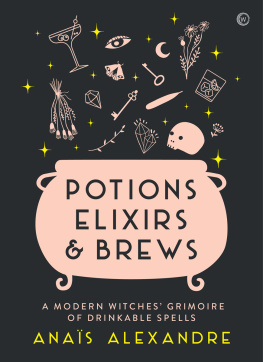

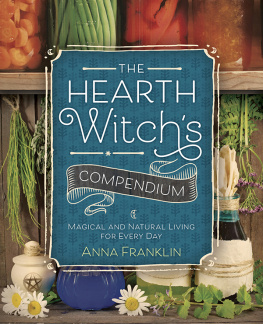
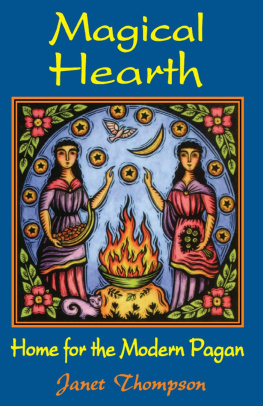
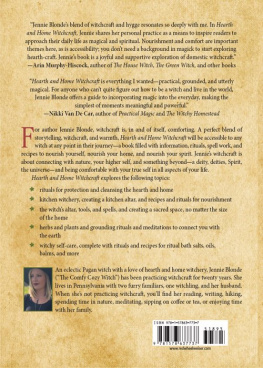
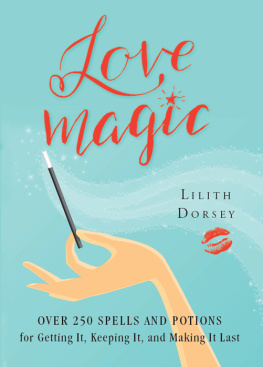
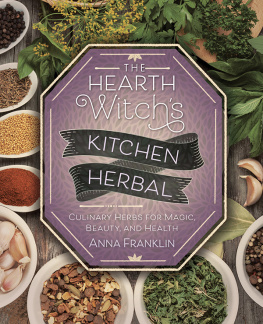
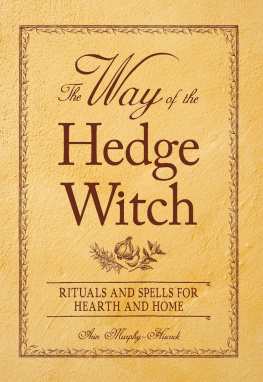




 We believe that the Divine is both male and female.
We believe that the Divine is both male and female.